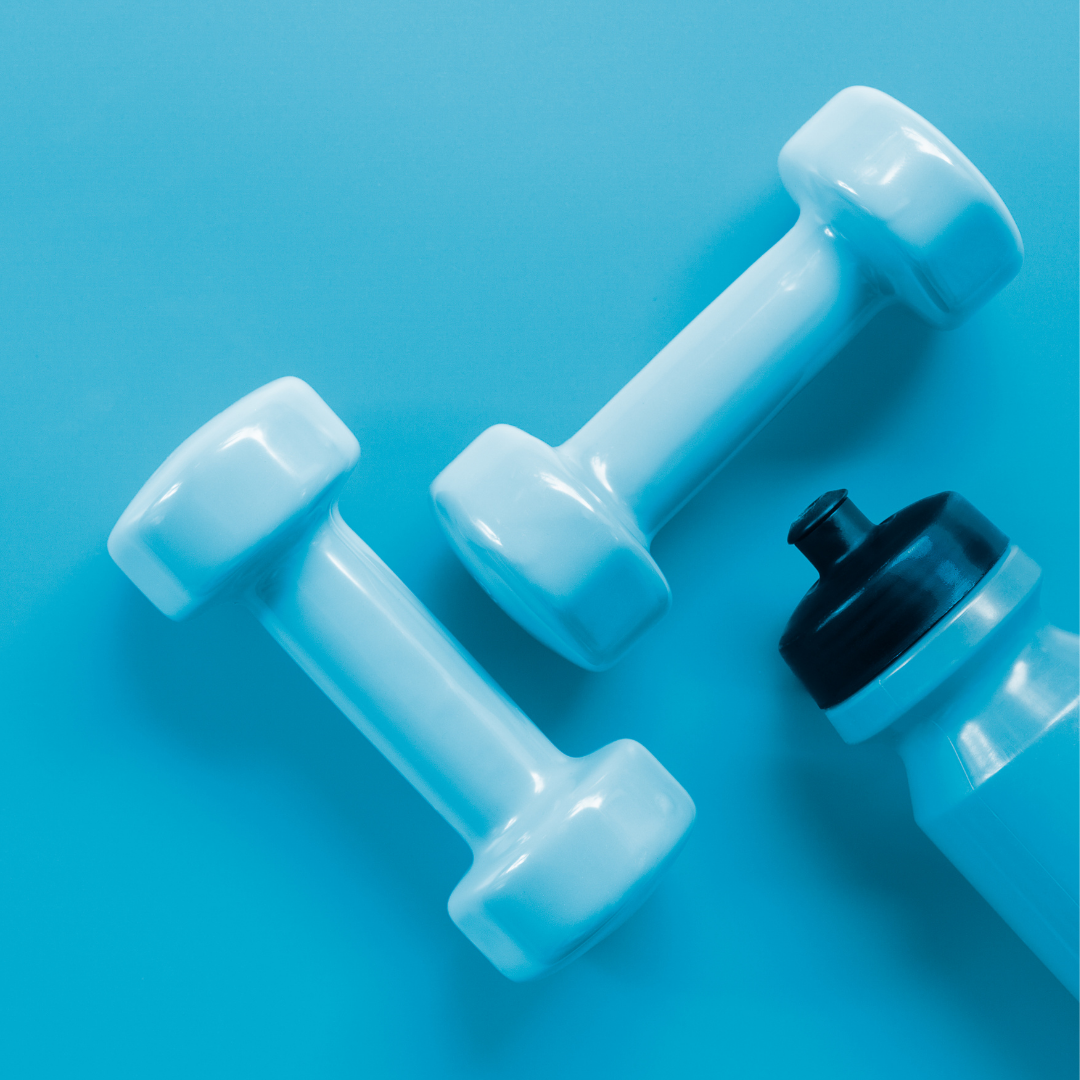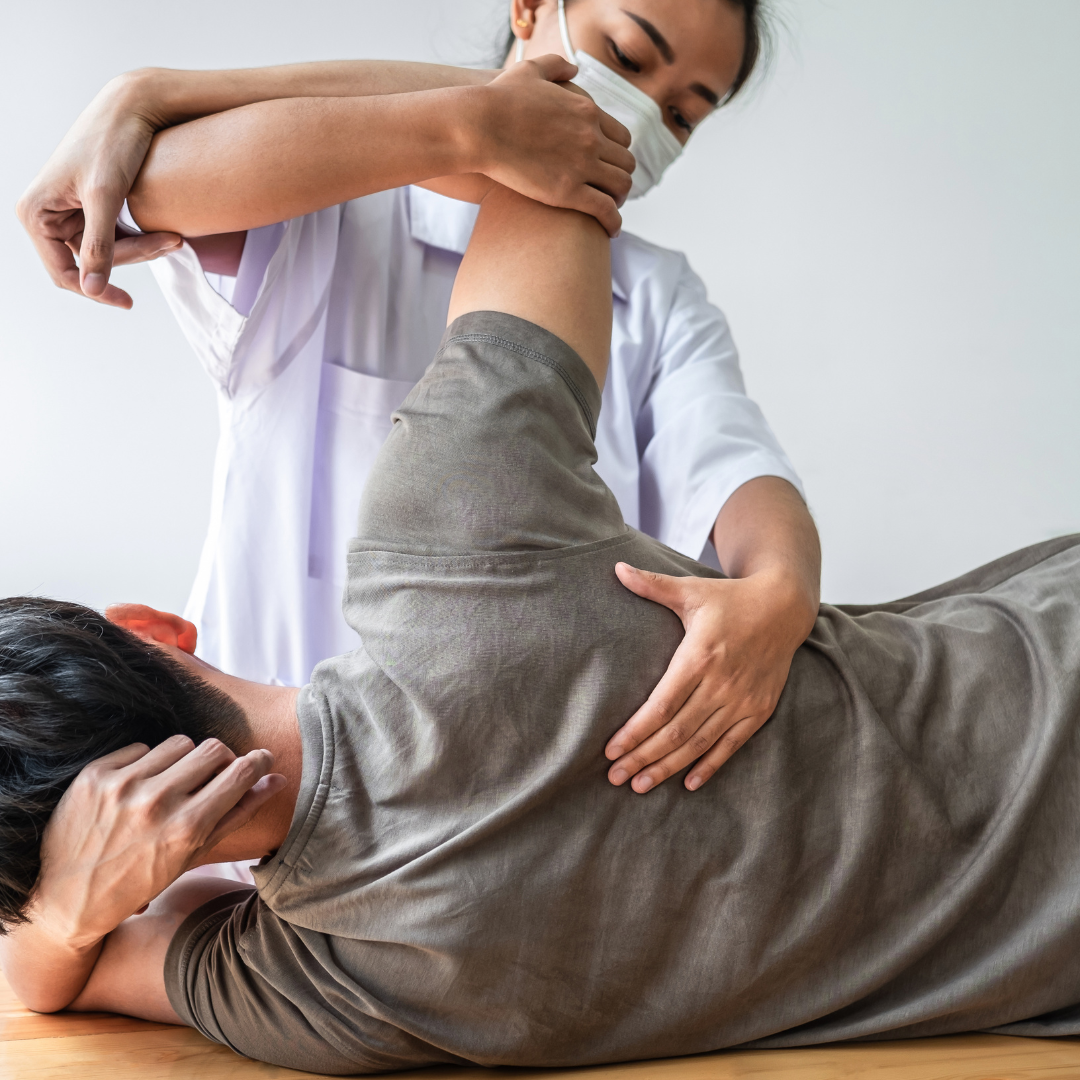
We all love to have them walk through our door, those patients who respond rapidly to treatment ending up absolutely stunned with amazement as their symptoms vanish right before their eyes – Fast responders! But in a world of clinical uncertainty, how do you explain these results to your patients and yourself?
This blog is intended to make an argument for pain science as an explanation you should use to understand and explain to these fast responders, which could likely be generalized to many of our patients. To do this we will look at the following:
-
Poor outcomes when pathoanatomy is the focus of education.
-
Optimistic prognosis and messaging to enhance outcomes.
-
Improved outcomes when pain neuroscience is focused on.
Let’s talk outcomes. If you are anything like me, I learned a lot about pathoanatomy and biomechanics in PT school, and when I started practicing I wanted (and tried) to explain everything this way. And like many, I ended up traveling down the “rabbit hole” of trying to explain pain in one area by describing biomechanical faults in another (i.e. right knee pain due to left shoulder dysfunction secondary to thoracic ring shift). This type of clinical reasoning can be intoxicating when used by clinicians because it may confirm bias, make us feel smart, feed our love for the complexity of the human body, and impress the patient so much that they buy-into what you have to say. So what could possibly be wrong with all that? If we know patient “buy-in” and subsequent commitment to the treatment plan is important to patients getting better, what's the harm? Simply put, convoluted hypotheses mixing extreme regional interdependence with pathoanatomy may lead to a damaging cocktail of fragility and thought viruses - now that's a recipe for poor prognosis.
Now let’s explore some of the science surrounding this last notion of clinical “potty mouth” (i.e. structuralism) and see how patients respond. First, a 2013 study by Jeroen (Ref) examined the result of rewording MRI reports to an eighth grade reading level using optimistic words such as replacing ‘‘tear’’ with, “more descriptive and accurate words such as hole, signal change, or defect,” as well as using gray hair or bald spot analogies where appropriate. What these authors found is that rephrasing reports resulted in patients feeling more pleasant, calm and in control. Patients found the grade 8 version more satisfying, useful, and understandable compared to the original MRI reports. A 2012 study by McCullough (Ref) examined the effects of including data on the prevalence of Lumbar MRI findings in pain free populations (i.e. normalizing results based on best evidence) on the physician management of low back pain patients with or without radicular symptoms. They found that radiology reports normalizing results of MRI findings lead to significantly less narcotic prescriptions, as well as a trend for decreased repeat imaging and referral to physical therapy. Together these studies suggest that not only are patients more positive and at ease when imaging results are normalized according to best evidence, but so are health professionals. This perspective is compounded by the growing evidence that imaging for common painful MSK conditions does not improve outcomes or enhance treatment when red flags are not present (Ref, ref, ref for LBP; ref, ref for shoulder pain). All this suggests that the days of pathoanatomy being the focus in MSK medicine should be behind us.
Currently there is no body of literature discussing the existence of regional interdependence (RI) between upper and lower quarters, but this doesn’t stop patients from coming in with the understanding that a “dysfunction” in their left shoulder or “shift in their thoracic rings” is affecting their knee pain (RI is a model that suggests that, ”seemingly unrelated impairments in remote anatomical regions of the body may contribute to and be associated with a patient’s primary report of symptoms;” Ref).
While this linkage is difficult to confirm or deny, let us consider this in the context of the above imaging studies… Isn’t it likely that such a language and explanation may be just as scary to a patient as the words or images of a MRI scan? I believe that for some, such an explanation for their pain will create a fragilistic view of their body. Shouldn’t we instead focus on the capacity of the human body to adapt and improve!
“AMP’d Clinical Point 1: Optimistic interpretations of imaging and patient presentation, based on best evidence, are more satisfying and helpful to patients and clinicians. In my experience positive messaging wins every time.”
So if by avoiding scary and potentially negative language associated with imaging can produce a better outcome, could wearing rose colored glasses when it comes to the clinical presentation improve outcomes too? A study by Thomas (ref) evaluated the effectiveness of physicians giving a positive prognosis. 200 patients presenting with symptoms, but not physical signs where no differential diagnosis could be made, were randomly assigned to positive messaging (‘I know what is wrong with you and you will get better’) or negative messaging (‘I don’t know what is wrong with you and don’t know if you will get better’), were then randomized to treatment (placebo pill) or not. 53% or the ‘treatment’ group and 50% of the non-treatment group got better at 2 week follow-up (i.e. no better than random chance), while 64% of the positive messaging group versus 39% of the negative messaging group got better (i.e. much better than random chance). This is to say, in the lack of signs of serious conditions, positive messaging and prognosis helped patients recover faster from symptoms. But does this relate to MSK medicine and specifically physical therapy? Cook and colleagues conducted two studies (ref, ref) evaluating the prognosis that clients presenting with mechanical neck and low back pain demonstrating within and between session changes to manual therapy would achieve a 50% decrease in disability (NDI and ODI scores). These studies demonstrated that improvements within session predicted significant improvements on follow-up (36.7 % decreased neck pain within or between sessions predicted a 50% decrease in Neck Disability Index score at 96 hour follow-up) and discharge (a 2-point change in LBP NRPS within or between sessions had a 5 times greater likelihood of achieving a 50% decrease in Oswestry Disability Index at discharge).

These studies suggest that for non-specific conditions like mechanical neck or low back pain a clinician can predict positive prognosis based on within session changes to manual therapy. That is to say, by the end of your initial session you can give your patient the good news about their positive prognosis based on a positive change in their pain level. You could argue that is really the point of manual therapy, to provide patients the opportunity to see how pain is modifiable and that they can get better. However, it is noteworthy that similar rapid changes in function and symptoms could also be produced with exercise or even just education.
While positive messaging hasn’t been greatly researched in physiotherapy (yet), a study by Mothes (ref) found that positive expectations of exercise benefiting health improved subjects mood and decreased anxiety, as well as neurophysiology (more relaxed brain states on EEG). They also demonstrated that these responses were further enhanced by providing positive messaging (watching a video on the benefits of exercise on health) prior to the bout of exercise. Additionally a laboratory experiment by Handley (ref) demonstrated that expectations of receiving a painful stimuli versus a pain-relieving stimuli significantly altered pain reports (less with analgesic expectations) when the same cold stimulus was applied. These two studies give at least some credence to the idea that positive messaging about expectations in such settings as physical therapy can improve outcomes.
As an example, consider the message you would like your mother to hear visiting her physiotherapist for knee pain: A) “Your knee is the worst I have seen and is likely grinding away “bone on bone” in there. You should probably limit your walking to short distances,” or B)” Your knee is a little stiff and sore right now, which may be related to normal age related changes, but “motion is lotion” and with some good exercises and the treatment we discussed, you will get back to walking with your grandkids in no time.” I hope you would agree that B is the clear winner, and yet patients often come in with A as their understanding.
“AMP’d Clinical Point 2: if you have ruled out the red flags and observe positive prognostic signs in a session with your patient, tell them! Your words are powerful and will shape a positive expectation, which has been shown to improve outcomes, decrease pain and improve mood.”
Finally, I am going to beat the pain science drum yet again. We are all aware of the benefits of pain science over traditional anatomy and pathoanatomy focus in MSK medicine for chronic non-specific conditions (if not, here are some references to bring you up to speed: ref, ref, ref, ref). However, I want to make a case that everyone with pain should be exposed to pain science in some way. A recent study by Lee (Ref) demonstrated that for a sample of people with pain lasting longer than 3 months (n = 799) improvements in “pain biology knowledge” over 1 month was associated with significant decreases in pain and improvements in function over one year. Additionally these authors found that there was no change in pain catastrophizing, which they expected would mediate these changes.
This would suggest that you don’t have to radically alter a patient’s pain catastrophizing to have them benefit from pain neuroscience education. In a recent talk (watch video here) Lorimer Moseley referenced this data from the Lee study in a different way (see minute 45 in the video). While his interpretation of the data hasn’t been peer reviewed yet, Moseley observes that those subjects who reconceptualised their pain biology understanding in the first two weeks had significant decreases in pain over the following year, while those that didn’t demonstrate this reconceptualization had no such changes. This suggests that that information on pain science education alone can have a significant positive effect on pain and function over time, at least for those reconceptualise their pain as a result.
If we consider the ever rising costs associated with a non-specific condition like mechanical low back pain, as well as no sign of improving outcomes with things like injections, surgeries and medications for such a condition, can’t a real agreement be made for educating everyone with low back pain about pain neuroscience? Whether they are a fast, slow, or even non-responder to treatment. In fact, don’t we have a moral and ethical responsibility to provide our patients with our best understanding about pain as it relates to their presentations. Wouldn’t our society be better off knowing how pain works in their bodies? That pain can and should be worked with to have people improve their physical and psychological well-being.
I would contend that most people walking through our clinic doors fit the classification of fast responders and pain science would accurately explain their response to treatment. If we take the MDT classification of ‘reducible derangement’ as a proxy for fast responders (i.e. centralization or reduction of symptoms with repeated movements) we see that 67-75% of those with spinal pain fit this category (ref, ref).
“AMP’d Clinical Point 3: If you see significant changes in pain within a session associated with manual techniques, movement, or exercise, I would argue at least some aspect of their pain is associated with sensitivity and not just nociception. We should use such an opportunity to educate our clients on our best understanding about pain. To me this is pain neuroscience to encourage patients that it is good to move, be active, and be a part of their own recovery by believing they can get better.”
Let us as physiotherapists set an example that could change our society for the better. I believe that this starts with sprinkling a little pain neuroscience education into the treatment of every patient. A recent Twitter poll we conducted suggests that most clinicians sampled used pain neuroscience to explain significant changes in pain or range within a single session. This is very encouraging, and I hope it is representative of what is actually being practiced (although I think the sample was a little biased).
Our words and how they shape our patients understanding of their bodies really is our biggest asset! Let’s leverage this to influence our profession and society for the better.
Educate. Empower. Encourage.

Author: CURTIS TAIT, BSC, MPT, IMS









